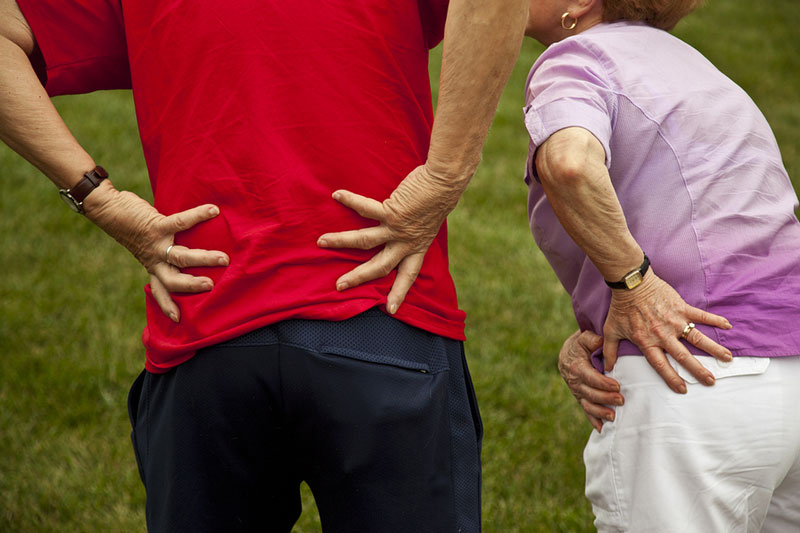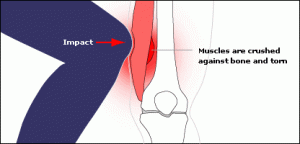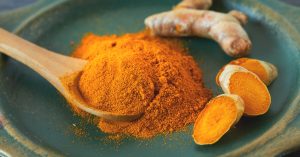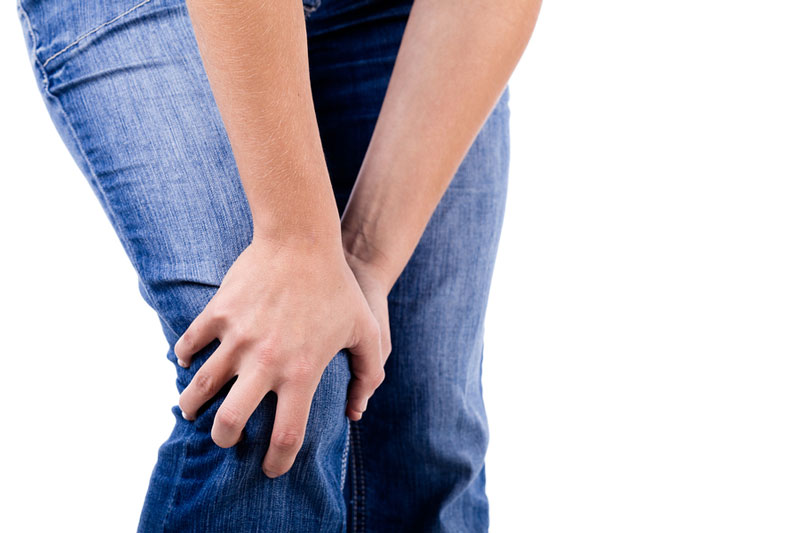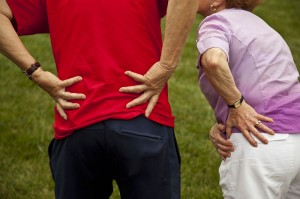 Statins and Muscle Pain
Statins and Muscle Pain
Elevated low-density lipoprotein-cholesterol (LDL-C) has long been established as a major cause of coronary heart disease(CHD). The group of cholesterol-lowering drugs known as statins are widely used in the management of atherosclerotic disease processes that include CHD, myocardial infarction, stroke, and peripheral vascular disease(Pastemak et al. 2002). Although these drugs have been very successful in managing the cardiovascular health of many patients, they also can have some potential adverse side effects . These include muscle pain, inflammation, cramps and/ or weakness in areas such as the shoulder, neck, back, abdomen, hip, lower limbs, biceps brachii and masseter muscles etc.(Bennet et al. 2003). If left unchecked these symptoms may progress on to more serious conditions (Thompson et al. 2003) i.e. rhabdomyolysis. When detected early however, statin-related symptoms are reversible after withdrawal of the statin(Sinzinger et al. 2002). It is thus important for both physical therapists and physiotherapists to be aware of these associated symptoms linked to statin usage, because they frequently screen patients with musculoskeletal complaints. It becomes even more relevant when a patient presents with muscle pain, tenderness, weakness or inflammation that cannot be explained (for example, pain that is not due to physical work or injury).
Your doctor can carry out a blood test to measure a substance in your blood called creatine kinase (CK), which is released into the blood when your muscles are inflamed or damaged. If the level of CK in your blood is more than five times the normal level, your doctor may advise you to stop taking the statin. Regular exercise can also sometimes lead to a rise in CK, so tell your doctor if you have been exercising a lot. Once your CK levels have returned to normal, your doctor may suggest you start taking the statin again, but at a lower dose. It is important to note that a healthy diet and exercise can often reduce your LDL cholesterol to within the normal range without the need for medication. This is best done with the aid of a qualified dietician, backed up by follow up blood testing and advice from your doctor.
Statins and the problems found with grapefruit consumption
Grapefruit contains a chemical that interferes with your body’s ability to break down or metabolize certain statin medications. When statin takers ingest large amounts of grapefruit, the level of statins in their blood can increase, raising the possibility of side effects. Problems can occur for those who are sensitive to statin medications or those who have kidney disease or other illnesses. Side effects from grapefruit-statin interaction can be mild, such as muscle and joint pain. Severe side effects include muscle fiber breakdown and kidney failure.
References
Bennett W.E., Drake A.J., Shakir K.M. Reversible myopathy after statin therapy in patients with normal creatine kinase levels. Ann Intern Med.2003;138:436–437.
Pasternak R.C., Smith S.C., Bairey-Merz C.N., et al. ACC/AHA/NHLBI clinical advisory on the use and safety of statins. Circulation, 2002 ;106:1024–1028.
Sinzinger H., Wolfram R., Peskar B.A. Muscular side effects of statins. J Cardiovasc Pharmacol. 2002 ; 40:163–171.
Thompson P.D., Clarkson P., Karas R.H. Statin-associated myopathy. JAMA,2003 ;289:1681–1690.
